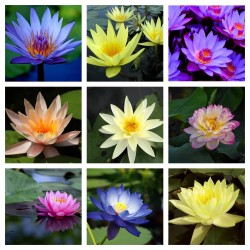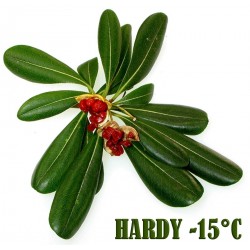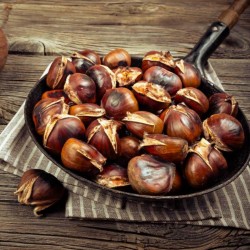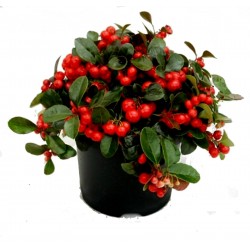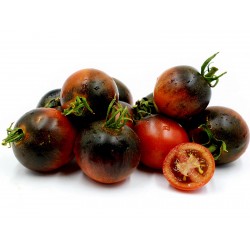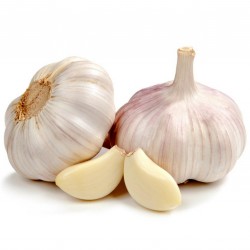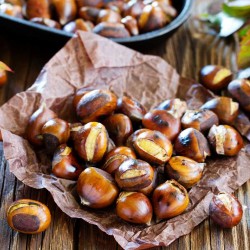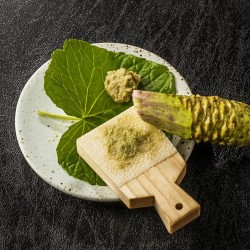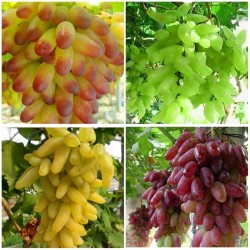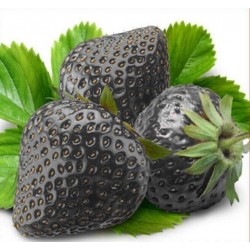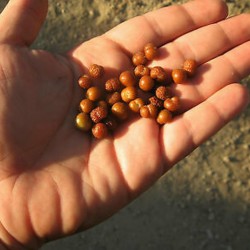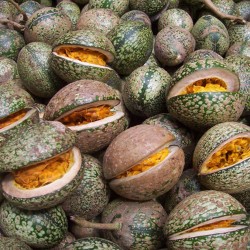
Voacanga africana Seeds
السعر
1.95 €
SKU: MHS 69
Seeds Gallery Com,
5/
5
<h2><strong>Voacanga africana Seeds</strong></h2>
<h2><span style="color:#ff0000;"><strong>Price for Package of 10 seeds.</strong></span></h2>
<p><em>Voacanga Africana</em> is a tropical tree native to West Africa and is related to plants of the genus Tabernanthe or Iboga.</p>
<p>Grows erect and robust usually reach a height of 3-4 meters and the bark is pale brown. Its leaves about 30 cm are bright, opposite and ovoid, with short petioles or absent. Its flowers are white or yellow, usually begin to bloom between February and April, fired a strong aroma and the fruit contains many brown seeds ellipsoids. The root is erect and branching. The fruit of Voacanga tends to occur during the summer months between June and September, depending on the country.</p>
<p>Effects and applications of Voaganca</p>
<p>At present the <em>Voacanga Africana</em> has industrial (production of latex) and medicinal applications. West African shamans used the bark of this tree as a brain stimulant, the roots were used as a stimulant during long hunts, while the seeds were used with visionary purposes.</p>
<p>The seeds of the <em>Voacanga Africana</em> contain indole alkaloids, including voacangine (carbomethoxy-ibogaine), voacamina and related substances.</p>
<p>Voacangine, C<sub>22</sub>H<sub>29</sub>N<sub>2</sub>O<sub>3</sub> (12-methoxyibogamine-18-carboxylic acid methyl ester) CAS: 510-22-5</p>
<p>Cultivation of Voacanga africana</p>
<p>In the tropical forest is preferably grown in rich soil and somewhat protected from the sun and frost places.</p>
<p>The seeds must be sterilized water leaving 10 minutes with a 6% hydrogen peroxide. The use of a specific enraizador are advised to ensure germination.</p>
<p>For planting it is best to use a mixture of sandy soil, and seeds bury about 8-10 mm deep (about twice the diameter of the seed). The soil should be kept moist but not waterlogged and the environment should be warm to promote germination.</p>
<p>There must be good air circulation after germination to avoid fungal attacks.</p>
<p>It likes partial sun until well established, then when they are more mature may be at more sunny places. After three or four months after germination, the plant will be established enough for transplant to their final location.</p>
<p>The plant needs adequate space to develop its roots, so the planting distance is 3 meters between plants.</p>
<p>Harvesting <em>Voacanga africana</em></p>
<p>When the fruit is ripe, with a characteristic brown color, you can be cut directly from the ground without waiting for fall. After collecting the fruit bush, you need to be transported to where it can be left to mature. The fruit needs to mature in dry conditions.</p>
<p>When the fruit is fully ripe it opens and you can see the seeds inside.</p>
<p>When the fruit opens naturally, the seeds inside are extracted and begin to dry until they are loose, at which carried an open space until just dry. A separate dry powder and time when to be marketed is provided in an amount suitable for transportation profitable.</p>
<p> Medicinal uses</p>
<p>A number of these compounds have pharmaceutical uses.<sup>[3]</sup> Of particular pharmaceutical interest is voacangine, which is a common precursor in the semi-synthesis of the anti-addiction medication ibogaine. Small amounts of ibogaine are found in <em>Voacanga Africana</em> root bark but not in sufficient quantity to have much medicinal effect.</p>
MHS 69 (10 S)





